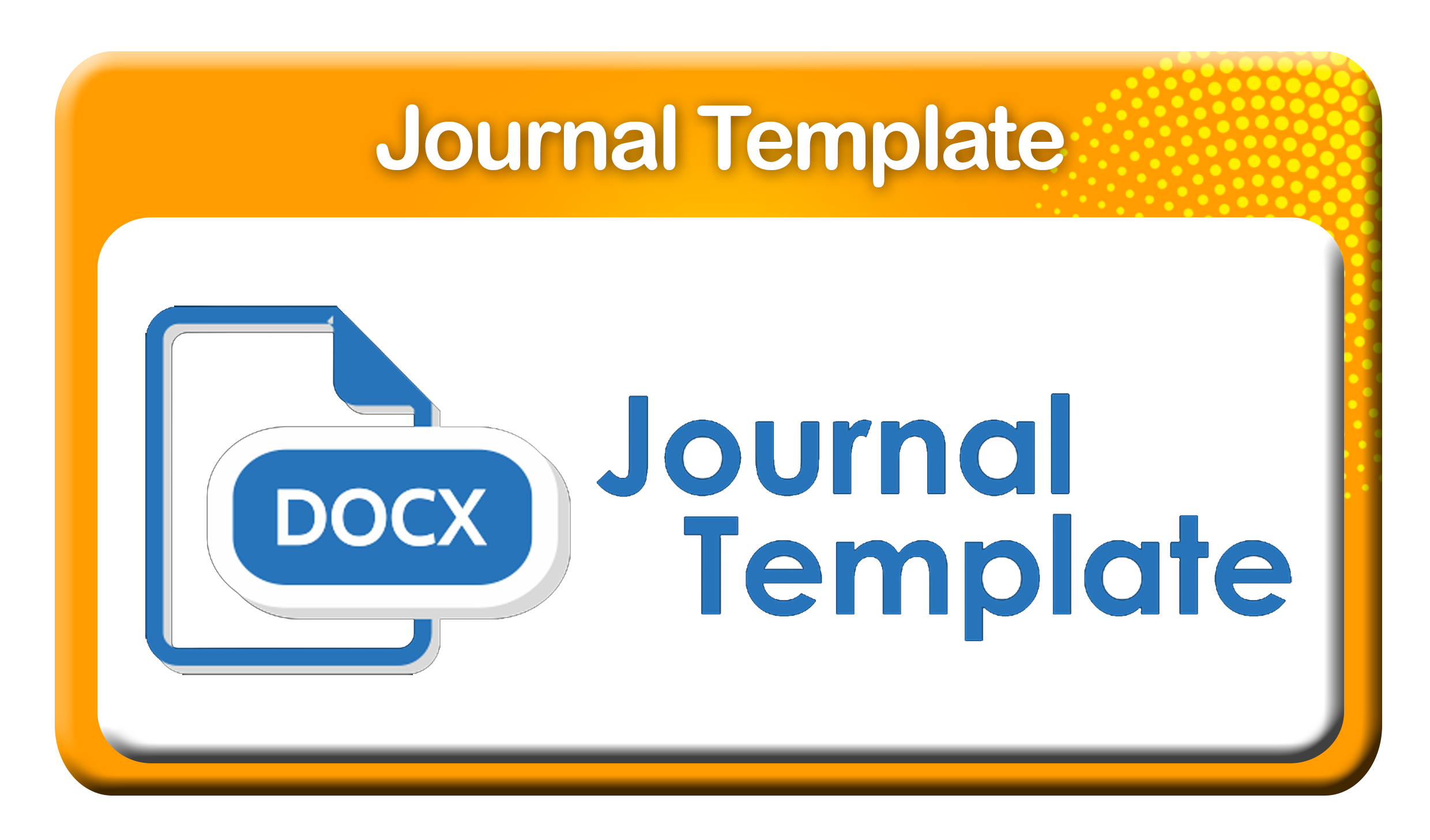PENGARUH PENDIDIKAN MATEMATIKA REALISTIK INDONESIA (PMRI) TERHADAP KEMAMPUAN PENALARAN SISWA SEKOLAH DASAR
DOI:
https://doi.org/10.24853/holistika.7.2.124-130Abstract
This study aims to determine how much influence the Indonesian Realistic Mathematics Learning (PMRI) approach has on mathematical reasoning skills at SDN Pondok Labu 12 Pagi South Jakarta. The method used uses an experimental model. The sampling technique uses purposive sampling with an experimental class of 32 students and a control class of students The instrument used is an essay test of 10 questions. The average calculation results of reasoning ability include 6 indicators with a percentage of 51.3% of the experimental class using the Indonesian Realistic Mathematics Education (PMRI) approach and the control class with a conventional approach of 43.37%. Then obtained a posttest value of the experimental class of 91.25 while the control class was 74.719 with a percentage of comparison of 65% n-gain value and obtained a tcount test of 8.931 greater than ttable of 2.657 (tcount = 8.931 > ttable = 2.657). So the conclusion in this study is that classes with the use of the Indonesian Realistic Mathematics Education (PMRI) model are higher than classes that learn through conventional learning.References
Astriani, L., & Iswan. (2020). Pengaruh Pembelajaran Terpadu Model Tersarang (Nested) Terhadap Pemahaman Konsep. Jurnal Perseda, 3(2), 63–68.
Fitrah, & Luthfiyah. (2017). Metode pendidikan. Jawa Barat: CV Jejak.
Kariadinata, R. (2012). Menumbuhkan Daya Nalar (Power Of Reason) Siswa Melalui Pembelajaran Analogi Matematika. Jurnal Ilmiah Program Studi Matematika, 1(1), 10–18.
Konita, M., Asikin, M., & Asih, T. S. N. (2019). Kemampuan Penalaran Matematis dalam Model Pembelajaran Connecting, Organizing, Reflecting, Extending (CORE). PRISMA,Prosiding Seminar Nasional Matematika 2, 2, 611–615.
Lubur, D. N. L. (2021). Analisis Kemampuan Pemecahan Masalah Pada Materi Fungsi Melalui Penerapan Model Pendidikan Matematika Realistik. Jurnal Ilmiah Mandala Education, 7(1), 182–189.
Retnawati, H. (2014). Teori respon butir dan penerapannya. Yogyakarta: Nuha Medika.
Saleh, M., Charitas, R., Prahmana, I., & Isa, M. (2018). Improving the Reasoning Ability of Elementary School Student Through the Indonesian Realistic. Journal on Mathematics Education, 9(1), 41–54.
Siagan, M.D. (2016). Kemampuan Koneksi Matematika Dalam Pembelajaran Matematika. MES (Journal of Mathematics Education and Science), 2(1), 58–66.
Sugiyono. (2017). Metode Penelitian Pendidikan: Pendekatan Kuantitatif, Kualitatif, R & D. Bandung: Alfabeta.
Sumartini, & Sri, T. (2015). Peningkatan Kemampuan Skor Penalaran Matematis Siswa melalui Pembelajaran Berbasis Masalah. Jurnal Pendidikan Matematika, 5. Volume 4 No.1, 1–10.
Utari, D. R., Wardana, M. Y., & Damayanti, A. T. (2019). Analisis Kesulitan Belajar Matematika dalam Menyelesaikan Soal Cerita. Analisis Kesulitan Belajar Abk (Tuna Rungu) Dalam Menyelesaikan Soal Cerita Matematika. Mathline : Jurnal Matematika Dan Pendidikan Matematika, 5(2), 183–194.
Wijaya, A. (2012). Pendidikan Matematika Realistik Suatu Alternatif Pendekatan Pembelajaran Matematika. Yogyakarta: Graha Ilmu
Downloads
Published
How to Cite
Issue
Section
License
Authors who publish with this journal agree to the following terms:
- Authors retain copyright and grant the journal right of first publication with the work simultaneously licensed under a Creative Commons Attribution License that allows others to share the work with an acknowledgement of the work's authorship and initial publication in this journal.
- Authors are able to enter into separate, additional contractual arrangements for the non-exclusive distribution of the journal's published version of the work (e.g., post it to an institutional repository or publish it in a book), with an acknowledgement of its initial publication in this journal.
- Authors are permitted and encouraged to post their work online (e.g., in institutional repositories or on their website) prior to and during the submission process, as it can lead to productive exchanges, as well as earlier and greater citation of published work (See The Effect of Open Access).


















